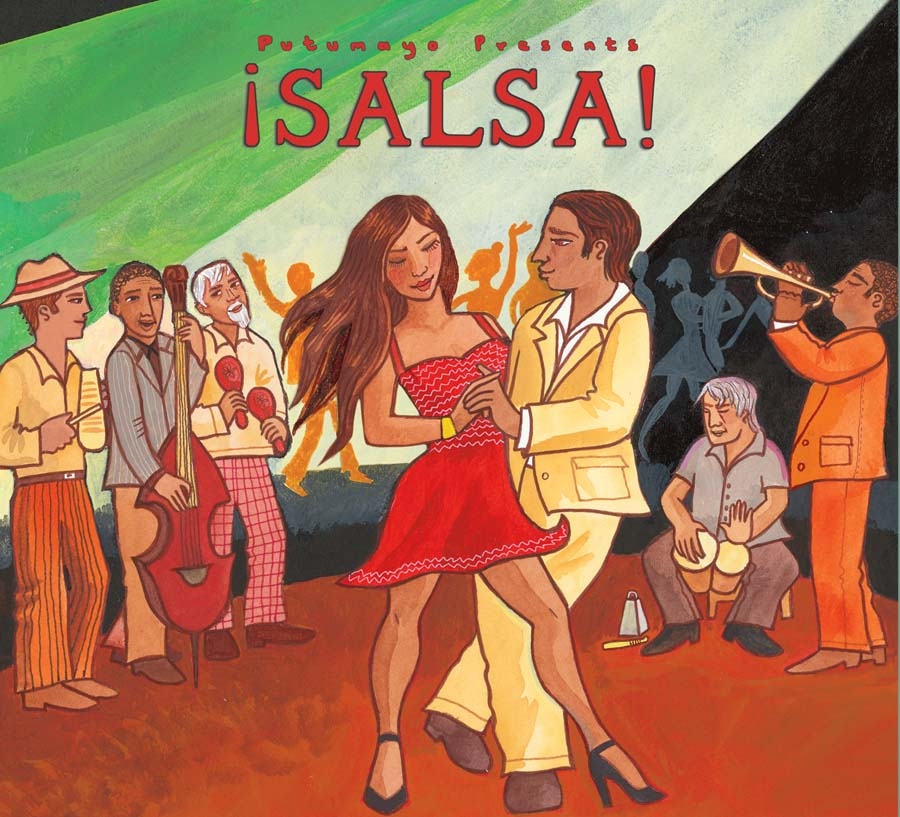Hearing the word ‘salsa’,
many associate it with the spicy sauce. That is exactly how the dance genre got
its name. Just like the sauce, the dance essence lies in the mixture and
harmony of ingredients i.e. the various dance forms.
It was the English and
the French who brought their country dance and African workers to the Caribbean.
The European dance form and the African
rhumbas (Guaguanco, Colombia, Yambú) influenced the local Cuban dance called Són,
and that is how Salsa was born.
The term Salsa was first
used to coin a group of dances from Hispanic influence such as Rhumba, Són
Montuno, Guaracha, Mambo, Cha cha cha, Danzón, Són, Guguanco, Cubop, Guajira,
Charanga, Cumbia, Plena, Bomba, Festejo, Merengue etc. Later, the individual
dances separated, while some fused into today’s Salsa.
As the dance spread
across the continent, different styles evolved in the different regions such as:
Los Angeles /L.A./ Style (danced on the first beat) incorporates elements of Mambo, Swing, Tango and lifts from ballet.
New York Style is more elegant than the L.A. version and is danced on the second count.
Casino Style was born in the Cuban dance halls of the mid-20th century and this style is considered the “original” form.
Colombian/ Cali Style was influenced by Colombian dance rhythms. Its features are quick steps and skipping motions.
You can read more about the various styles on salsalessons.tv or torontodancesalsa.ca or dancecrazy.hubpages.com
The dance itself is
loaded with turns, so I advise you to practice them at home because it won’t be
easy to keep your balance when you have to turn immediately after a hip
movement or step forward after the turn. So, if you have a few minutes to
spare: Start from one end and whirl across the room on tiptoe. Your hands
should shape a huge circle and when you start a new turn you can gain dynamism
by opening the circle with your outer hand. Always locate your glance on one particular
point in the distance, and turn your head only last minute. Regarding the steps, whatever direction you leap always put a bit of hip
movement to it because that is how the performance becomes playful and more flexible.
I deliberately waited
with introducing Salsa until late-spring because how I imagine the best setting
for this dance would be: open-air dance floor, live music, cool breeze, and
cocktails.



0 comments:
Post a Comment